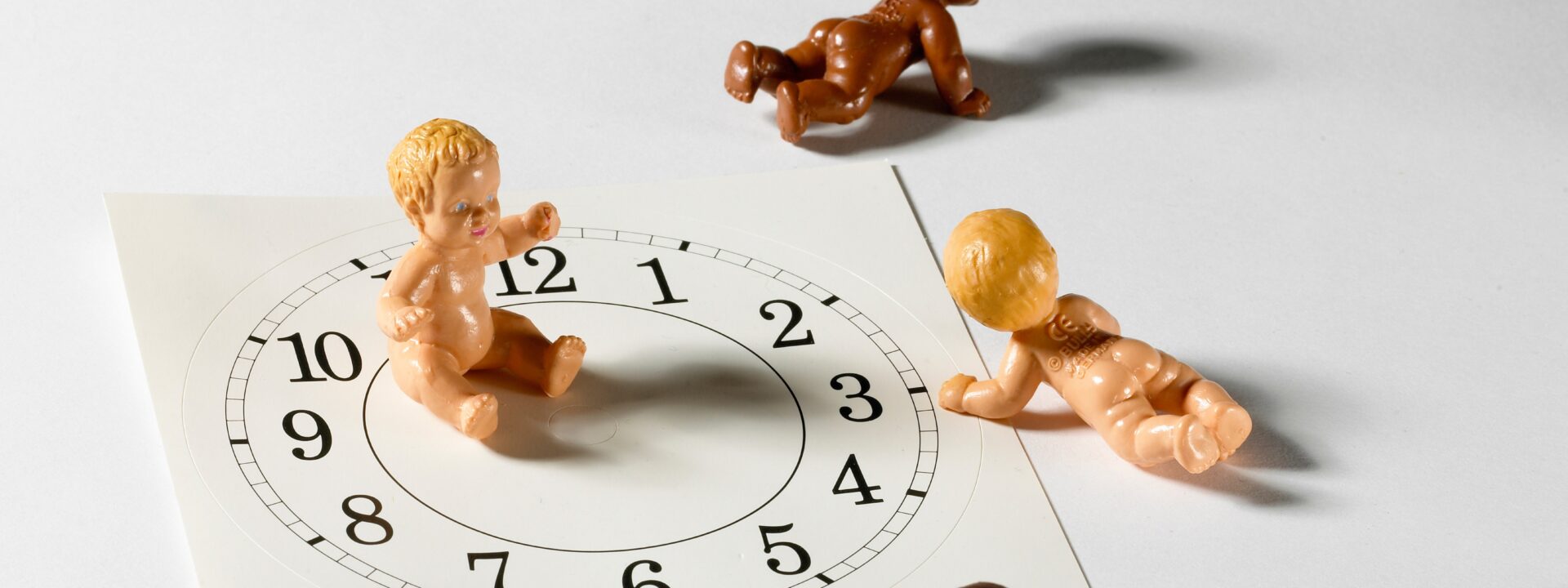The year 16 and Pregnant premiered on MTV was the same year I seriously started thinking about sex. It wasn’t just a vague idea—sex had been on my mind for years, ever since my first sex-ed class in seventh grade. By high school, it was all anyone talked about—who had lost their virginity, who was hooking up with whom.
I had a boyfriend—a cute, soccer-playing 17-year-old with messy hair who was crazy about me. Like most teenagers in our quiet Connecticut suburb, we spent our time drinking and making out. I knew about birth control, but I wasn’t on the pill. Honestly, I was too embarrassed to ask my mom.
Years before, she’d given me the talk while I sat in the back of our minivan, eating a Lunchables. My face burned red as I stared at the unnaturally orange cheese. When she asked if I had questions, I just mumbled, No. That pretty much summed up my attitude toward sex (and Lunchables) from then on.
But one Sunday afternoon, while flipping through channels hoping for a Laguna Beach rerun, I stumbled on a documentary about pregnant teens. The episode followed Amber Portwood, a teenager from Indiana, as she screamed at her boyfriend, Gary—their fights sometimes turned physical (though the camera crew never stepped in). At one point, Gary bought her a $21 engagement ring from Walmart and asked about the return policy.
When the episode ended, I turned off the TV and sat in silence for a minute. Then, I took a deep breath and walked into my parents’ room.
“Hey, Mom?” I said quietly. “I think I want to go on birth control.”
I wasn’t the only one asking. A 2010 study found that 82% of teens who watched 16 and Pregnant said it helped them understand the challenges of teen parenthood. By 2014—five years after the show and its spinoff Teen Mom premiered—the U.S. had seen an 11% drop in teen pregnancies. Researchers pointed to two key reasons: the economy and… Teen Mom.
“You can have all the sex ed you want,” one expert told The New York Times in 2014, “but when teens ask, ‘Could that happen to me?’—that makes it real.” The decline continued: by 2019, the teen birth rate hit a historic low of fewer than 18 births per 1,000 girls.
Overall, teen births have dropped 77% since 1991. But with the U.S. fertility rate now at 1.62 children per woman—well below the replacement rate of 2.1—we’re facing the consequences of a shrinking population.
That’s a real problem, but what’s often overlooked is the impact of Teen Mom. Teen mothers are less likely to finish school, more likely to live in poverty, and more likely to rely on government assistance. Early motherhood traps them—and their kids—in a cycle that’s hard to escape. It’s no surprise that as teen births fell, so did child poverty rates.
So if we’re going to talk about fixing the birth rate, let’s talk about this: Childcare costs an average of $24,243 per year in D.C. and $20,913 in Massachusetts. Housing prices have surged 51.7% since 2019, while wages stay stagnant.
If the government wants women to have more kids, it needs to make parenthood affordable.Children in a stable family environment need the tools to achieve lasting financial security. Until then, let’s appreciate Teen Mom—one of the few shows that truly lived up to the phrase “so bad it’s good.”


